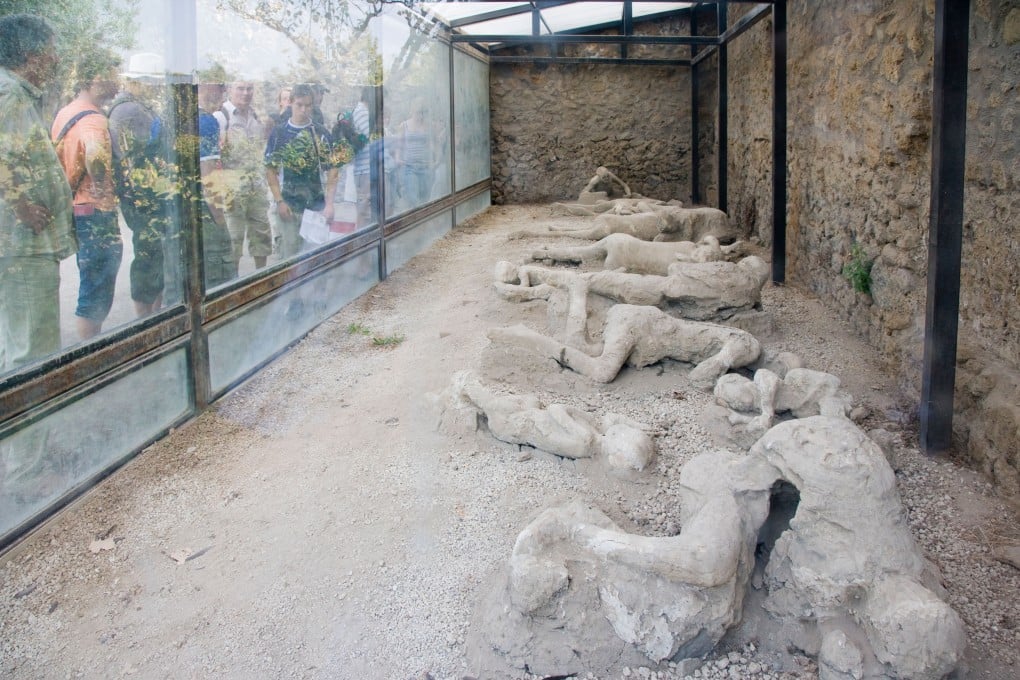From Chernobyl to Pompeii: dark tourism and our fascination with death, evil and tragedy explained
- Millions of tourists every year visit areas around the world linked to death, disaster and atrocity
- A professor of tourism explains our need to explore the darkest moments in history

Every year, millions of tourists around the world venture to some of the unhappiest places on Earth: sites of atrocities, accidents, natural disasters or infamous death. From Auschwitz and Chernobyl to the site of the Kennedy assassination and the 9/11 Memorial in New York, visitors are making the worst parts of history a piece of their holiday, if not the entire point.
Experts call the phenomenon dark tourism, and they say it has a long tradition. Dark tourism refers to visiting places where some of the darkest events of human history have unfolded. That can include genocide, assassination, incarceration, ethnic cleansing, war or disaster – either natural or accidental. Some might associate the idea with ghost stories and scares, but those who study the practice say it’s unrelated to fear or supernatural elements.
That was in 1815, but he cites an even older example: crowds gathering to watch public hangings in London in the 16th century. Those are relatively modern compared with the bloody spectacles that unfolded in the Colosseum in Rome.

There aren’t any official statistics on how many people participate in dark tourism every year or whether that number is on the rise. An online travel guide run by an enthusiast, Dark-Tourism.com, lists almost 900 places in 112 countries.